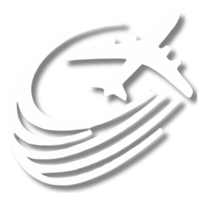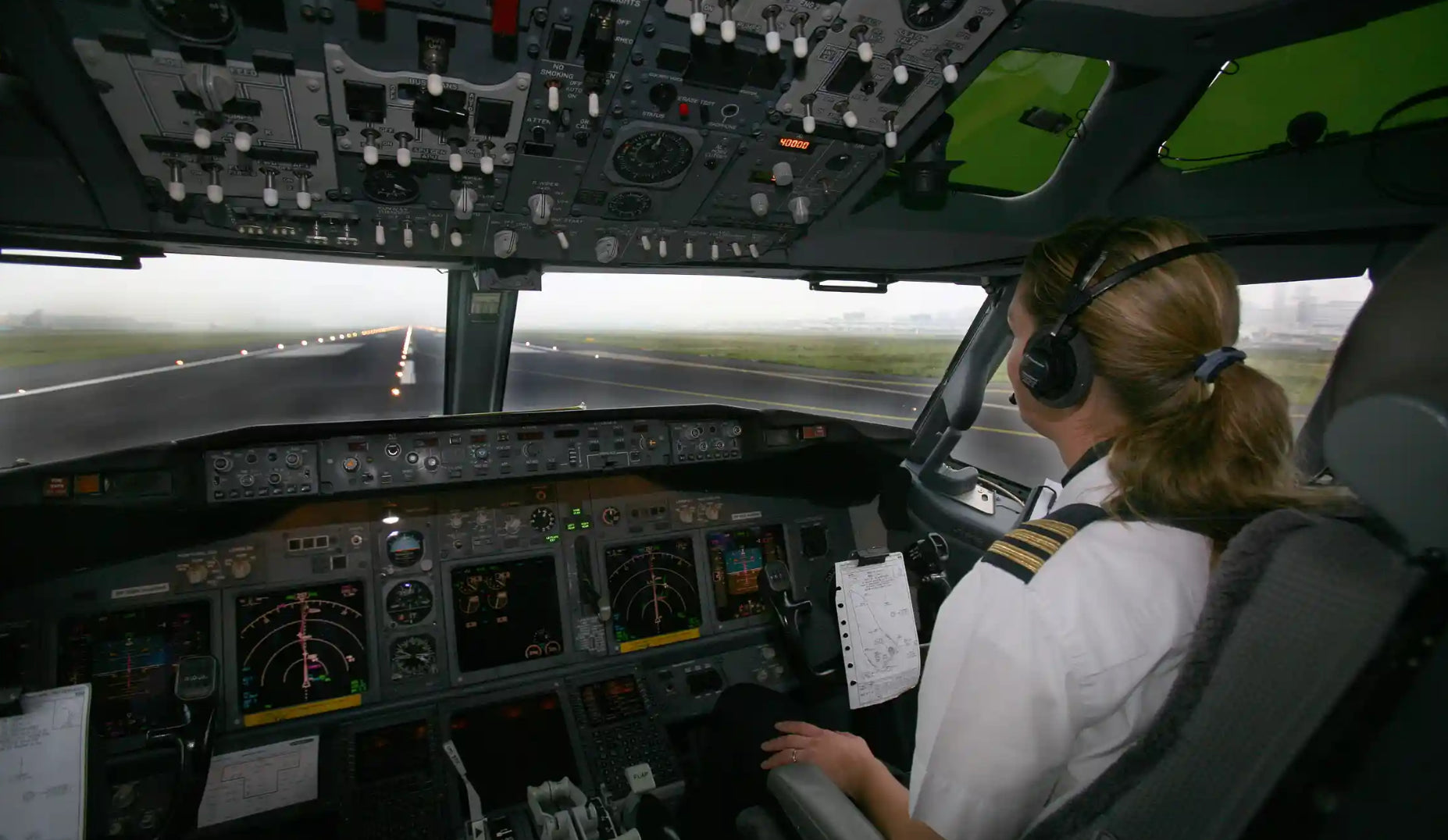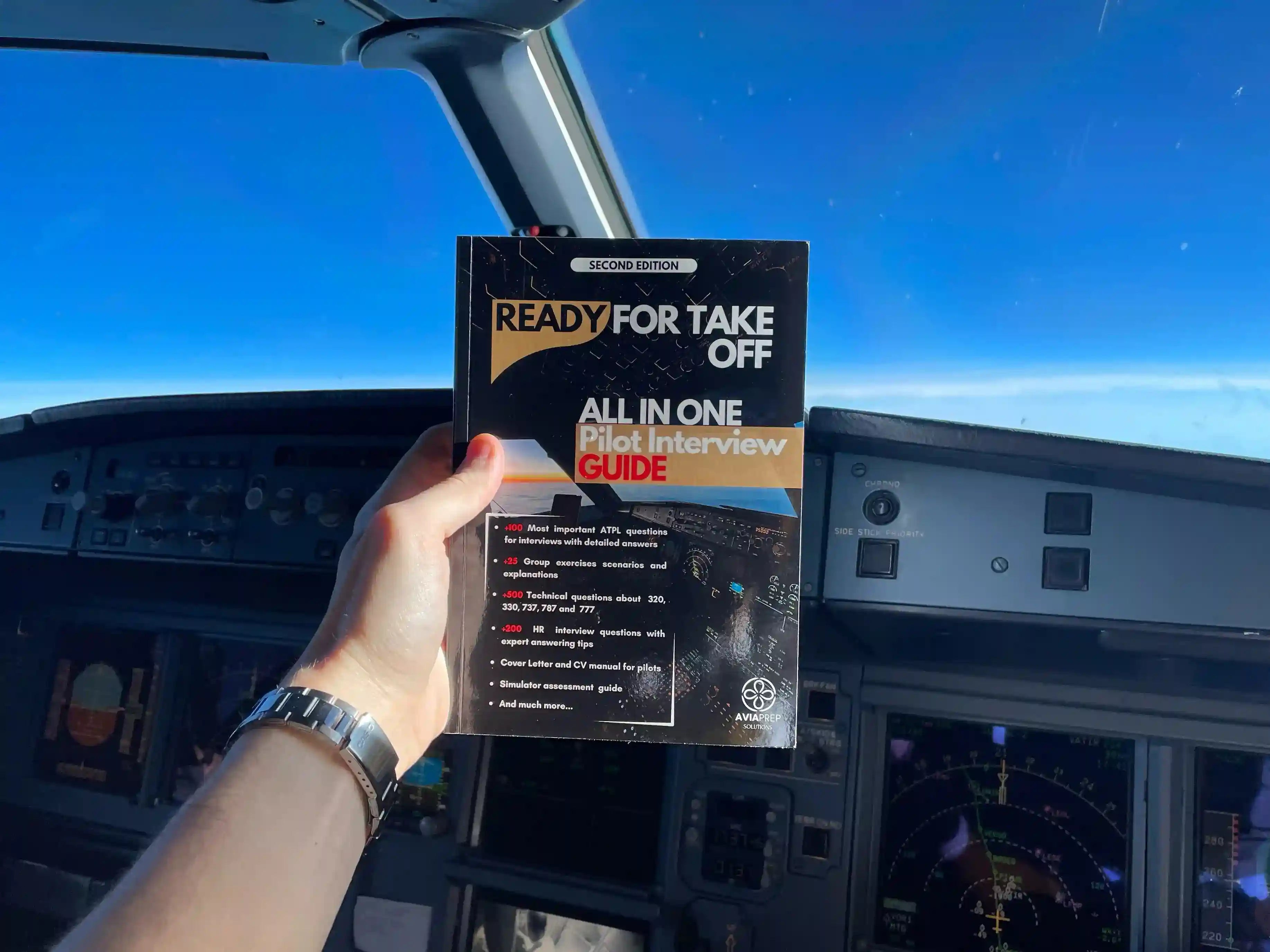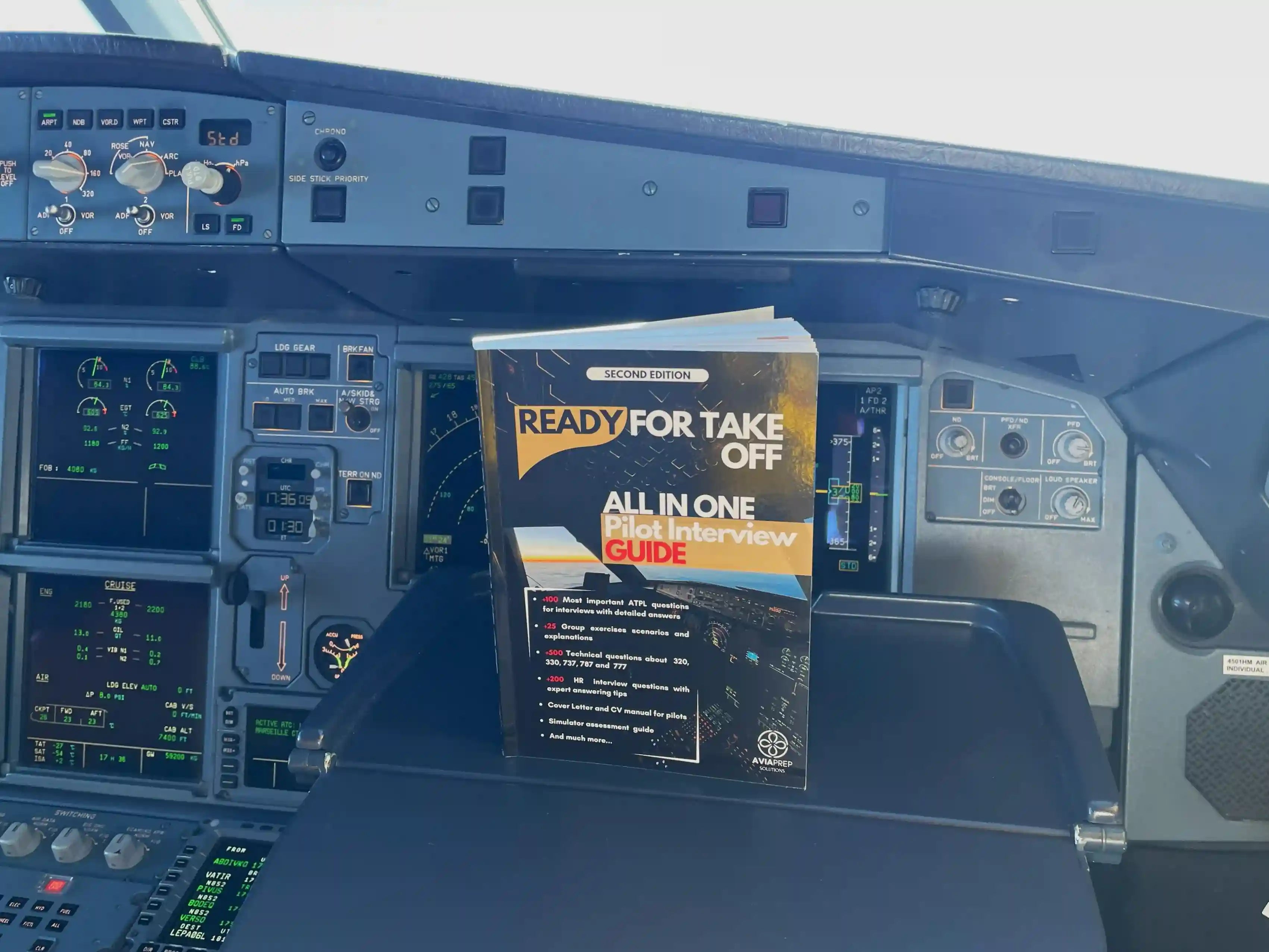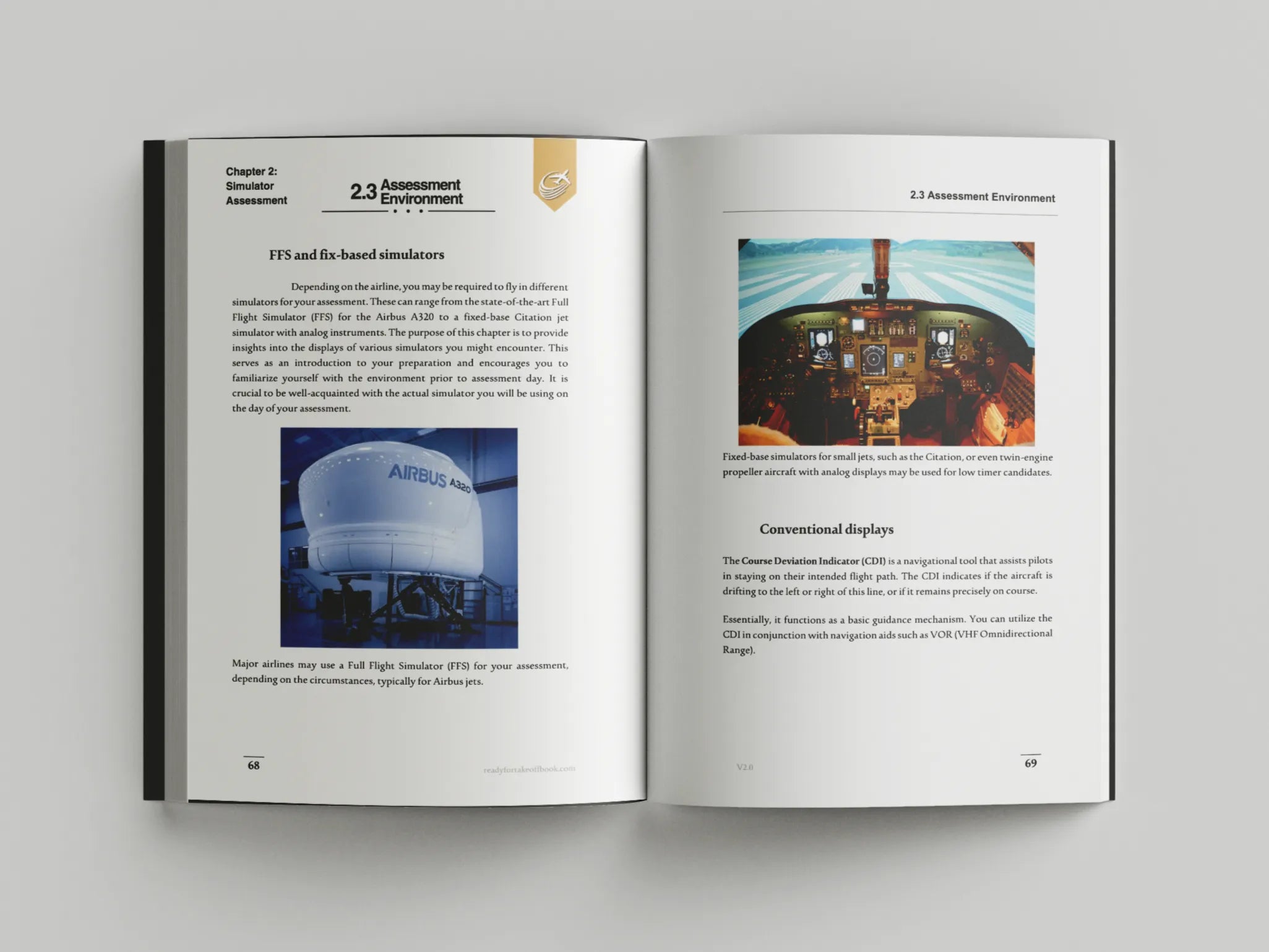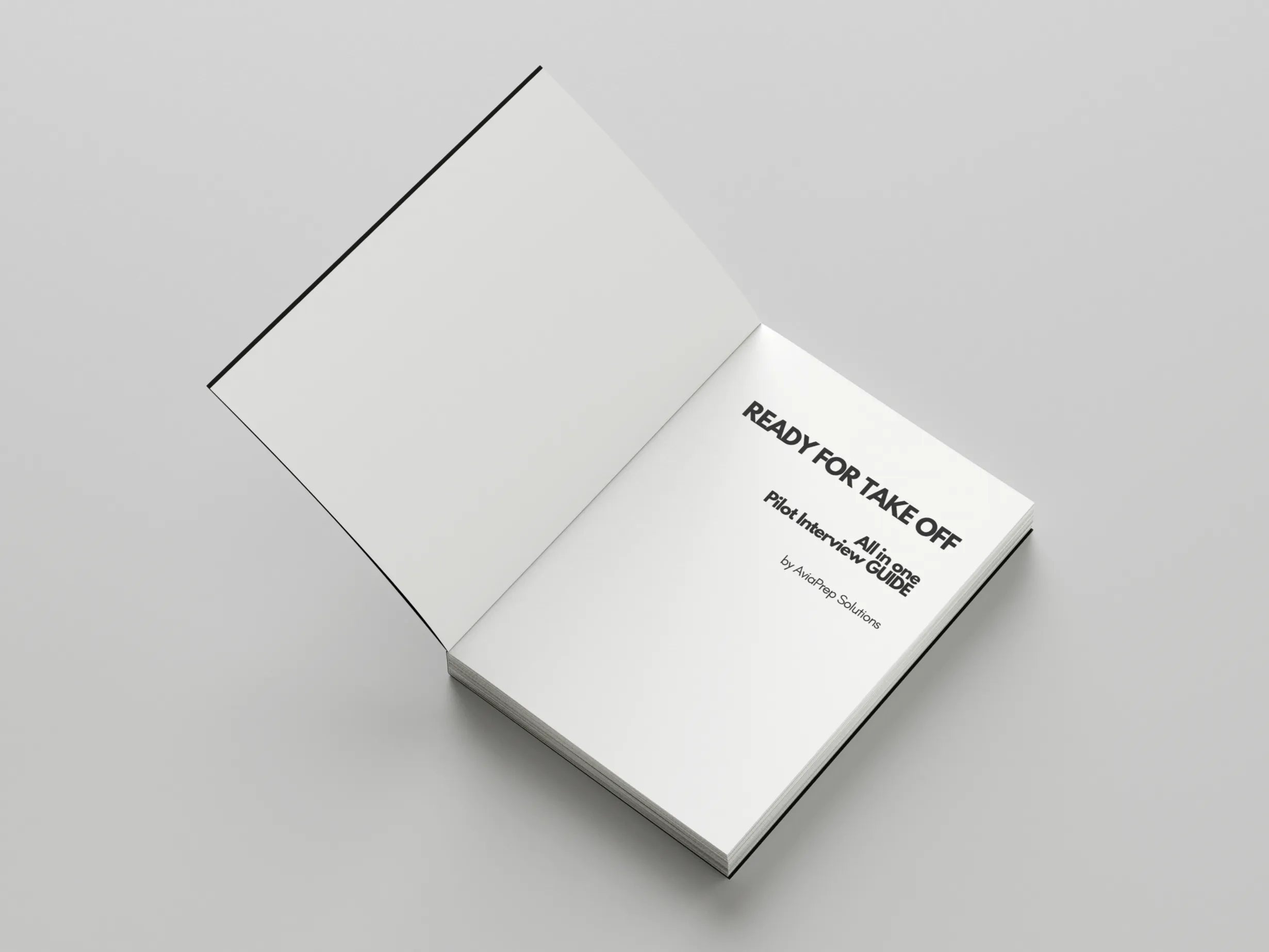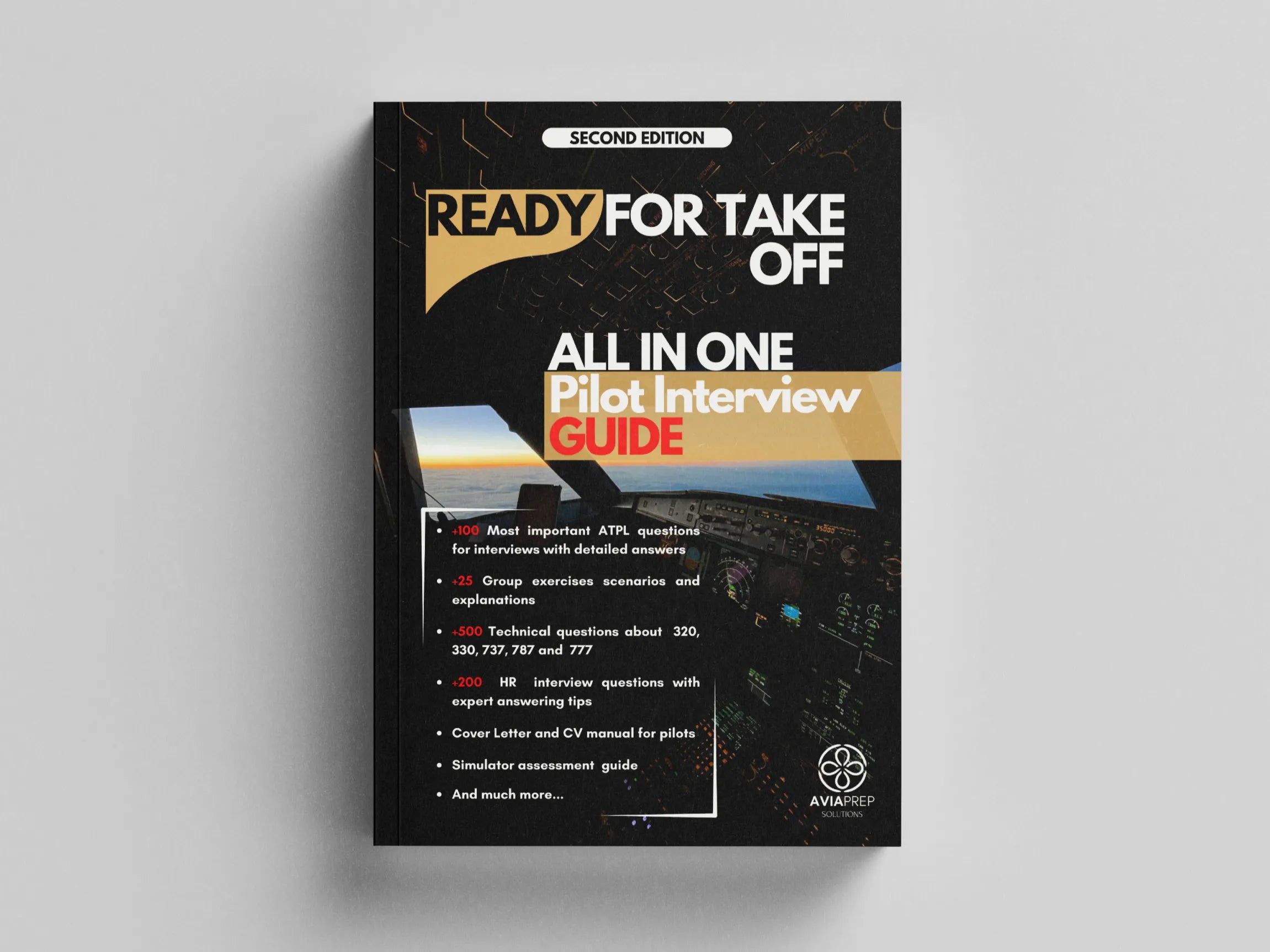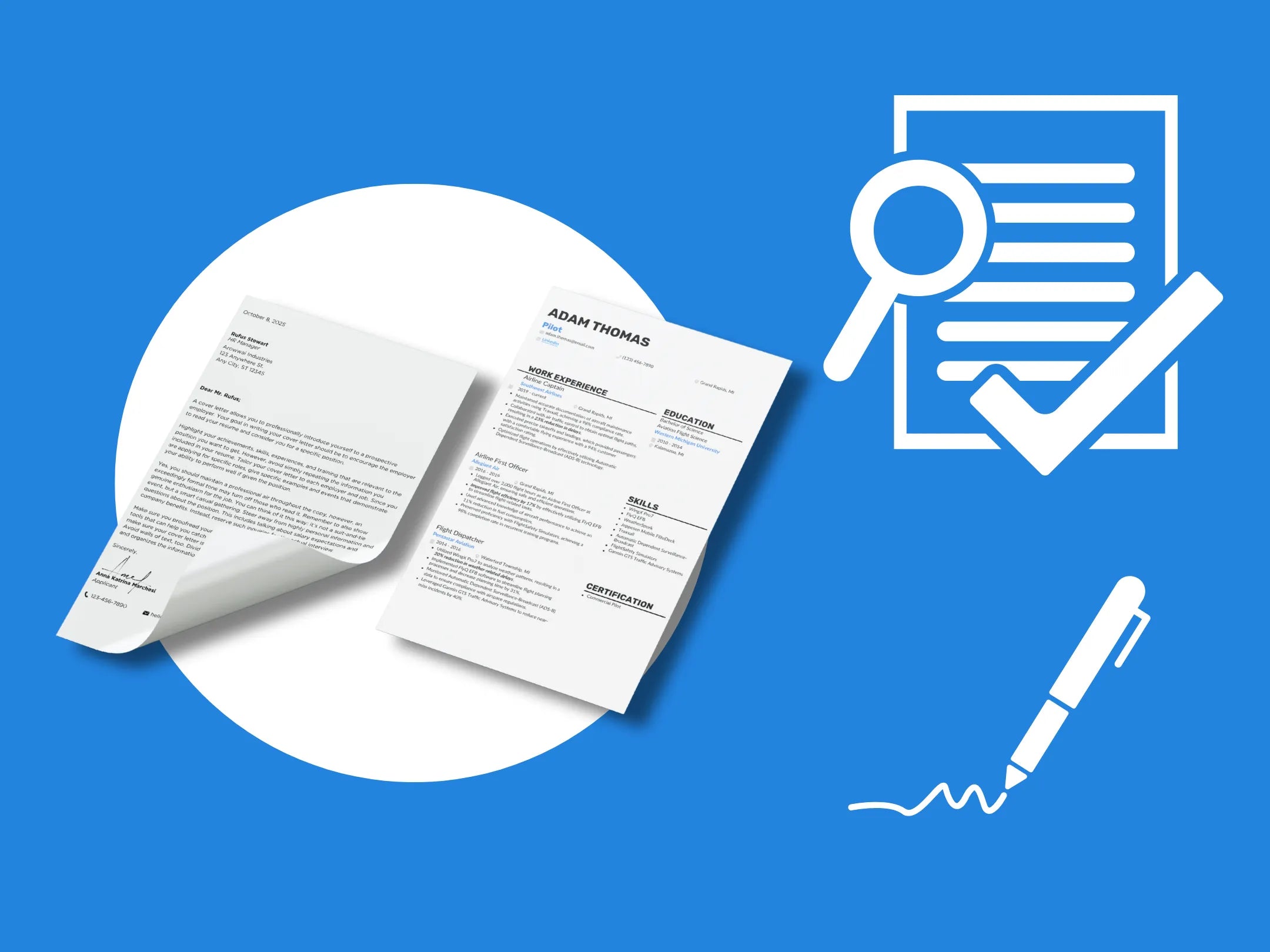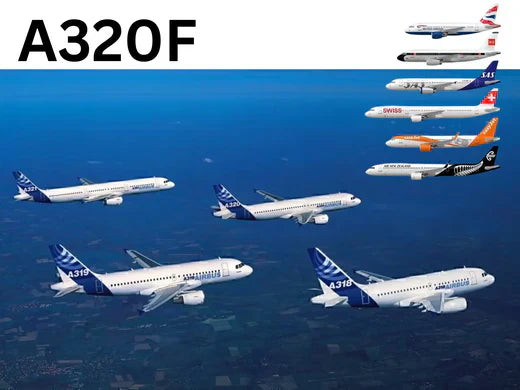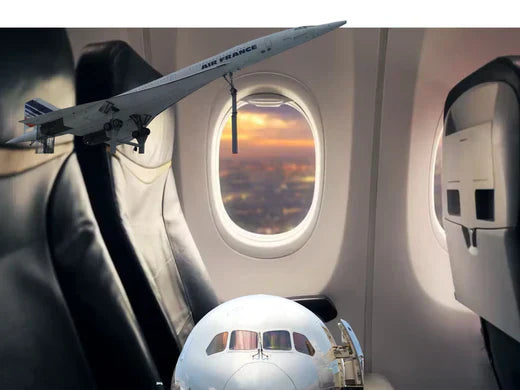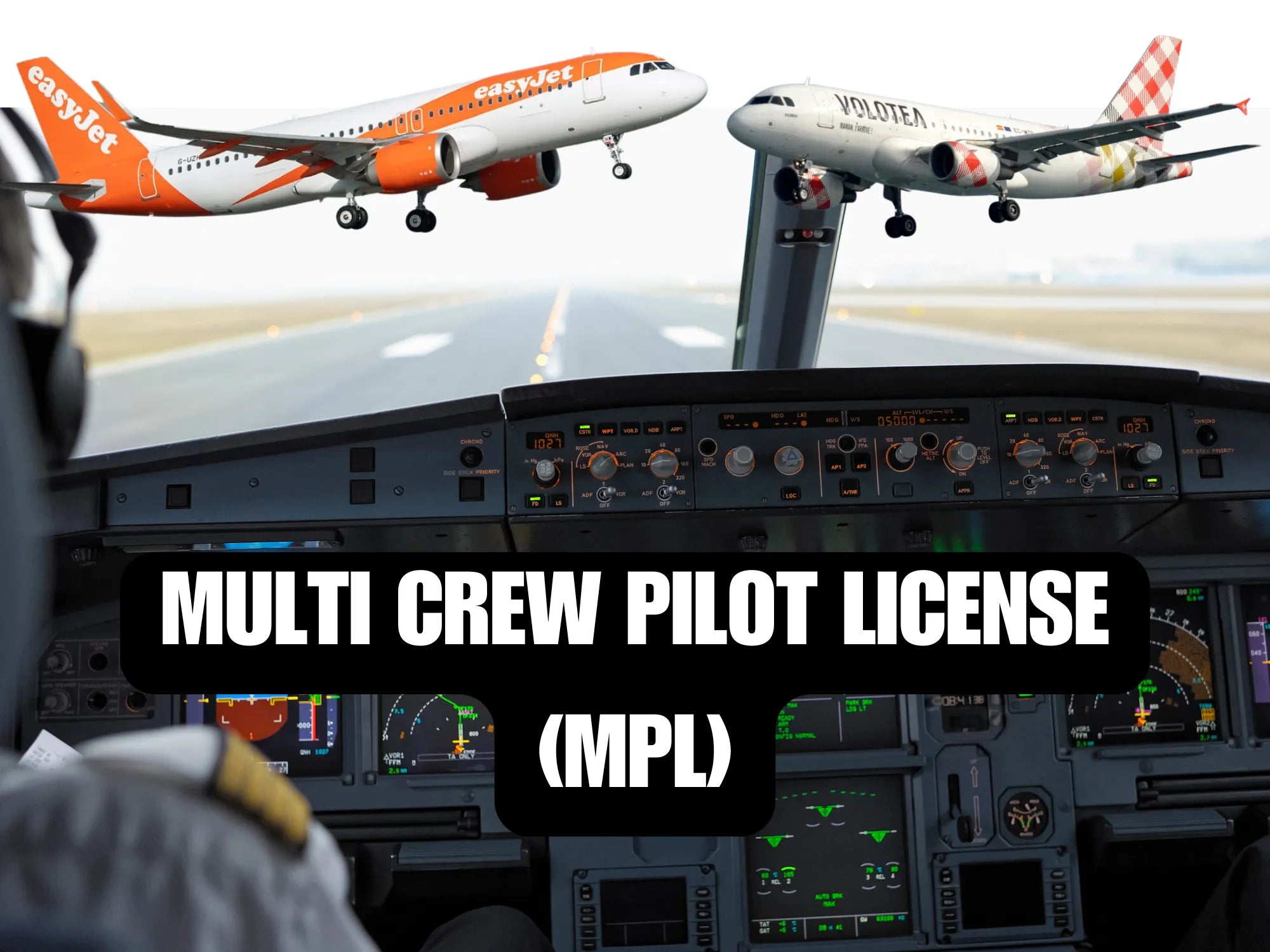The aviation industry, traditionally run by a fixed set of professionals, is transforming to become inclusive and diverse, mainly in the cockpit. European airlines are leading this change to ensure that they break these barriers and diversify their workforce with various initiatives. This is not a matter of social responsibility; it is an imperative that will improve decision-making, innovation, and cultural competence within airline operations.
Appreciating the Value of Diversity
Diversity in the cockpit doesn't mean only gender or color of the skin but also a variety of backgrounds, experiences, and perspectives. Such diversity enriches the aviation sector with different approaches to the same goals, which enhances problem-solving abilities and team dynamics, reflecting the varied passenger base serviced by airlines.
Gender Diversity
Up to the present time, being an aviator is typically a job for middle aged white men, with women making up very few numbers in the industry. European airlines do so by helping inspire and having school links to encourage more girls to take up piloting careers.
Ethnic and Cultural Diversity
Just as gender diversity is critical, so is ethnic and cultural diversity. It provides varied life experiences and viewpoints that are brought into the cockpit, which in turn improves cultural sensitivity and global awareness. Airlines genuinely go the extra mile to ensure that this is a place for everyone and that people from all backgrounds are welcomed and valued for the strength of diversity they bring to the team.
Primary Change Steps
- Outreach and Education Programs: On this aspect, airlines are engaging with schools and communities for alert on career opportunities, that is, available in the aviation industry to interest young people from all kind of backgrounds.
- Scholarships and Sponsorships: Pilots that cannot afford flight school are reducing the potential pool of young talented people that could one day reach a cockpit. Airlines award scholarships and sponsorships to facilitate such candidates in their training.
- Mentoring and Support Networks: These mentoring networks help the underrepresented groups in the aviation community build a culture of support, guidance, and belonging; this helps to retain the underrepresented groups.
- Inclusive Recruitment Practice: Airlines are rethinking outdated recruitment procedures to eliminate bias and have more inclusive job advertisements. Including the aspect of using diverse hiring panels, they are practicing blind recruitment methods to assure fairness and equality at every step of the selection process.
How does diversity impact safety and innovation ?
The more diversified the crew, the more it enhances safety and innovation. Diverse crews will help to identify and control risks better because of an extensive background of experience and knowledge. Further, being inclusive allows a positive work environment where every crew member is respected and valued, making their communication and teamwork better.
Challenges and Opportunities Ahead
While progress is being made, there remain many challenges to having natural diversity in the cockpit. There are still stereotypes, a supporting culture, and systemic barriers that can prevent someone from aspiring to a pilot's life. Succeeding in these efforts requires commitment from airlines, training institutions, regulatory bodies, and all global stakeholders.
Conclusion
Aiming for diversity and inclusivity in the cockpits of European airlines is not just a moral or social responsibility but part of a strategy to bring operational excellence, safety, and quality service. In accepting diversity, the aviation industry reflects the global community. It capitalizes on all aspects of human potential to be able to flow through this complex and ever changing industry.
